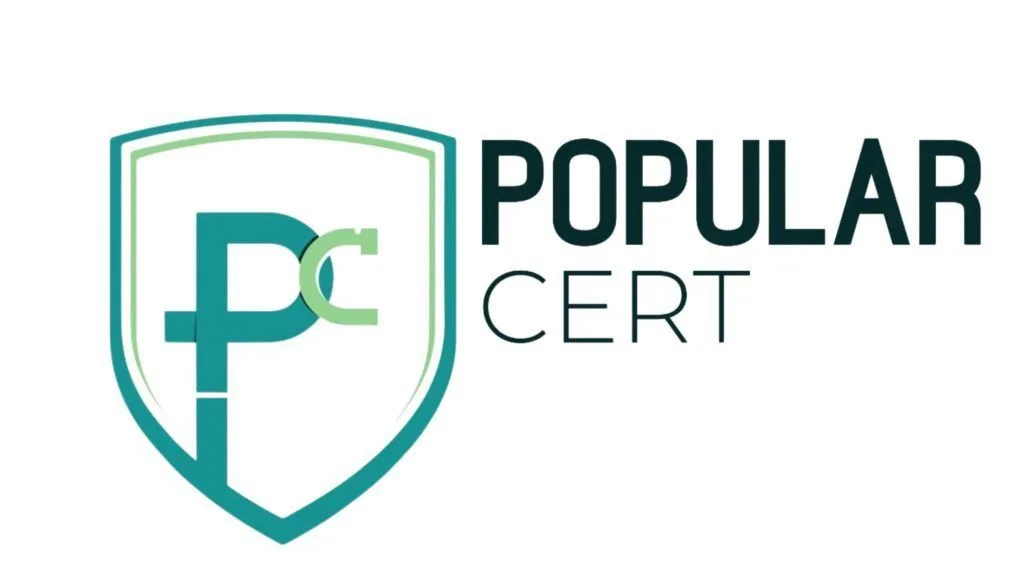ISO 13485 Certification In Bhutan
Get Free Consultation
PopularCert helps medical device manufacturers in Bhutan achieve ISO 13485 Certification, ensuring their products meet international standards for safety and quality. We guide you through the entire process, from identifying areas for improvement to making necessary changes, making it easier to achieve this important certification. ISO 13485 boosts your reputation, ensures you meet regulatory requirements, and opens doors to global markets. Partner with PopularCert to strengthen your commitment to quality and grow your business in the medical device industry.
ISO 13485 Certification in Bhutan helps medical device manufacturers create a quality management system that ensures their products meet global safety and effectiveness standards. This certification shows you’re committed to delivering high-quality medical devices and meeting all necessary regulations. Achieving ISO 13485 strengthens your reputation, improves your processes, and opens opportunities in international markets. It’s a key step for any medical device business looking to improve quality, build trust, and stay ahead in the industry.
Why ISO 13485 Certification is Important for Businesses in Bhutan?
ISO 13485 Certification is crucial for businesses in Bhutan that are involved in the medical device industry. This certification demonstrates compliance with internationally recognized standards for quality management systems, ensuring that medical devices are safe, effective, and meet regulatory requirements. For Bhutanese businesses, achieving ISO 13485 enhances credibility and opens doors to global markets, as it is often a prerequisite for exporting medical devices. It also improves product quality, minimizes risks, and streamlines processes, leading to better resource utilization and operational efficiency. By earning ISO 13485 Certification, businesses in Bhutan can gain customer trust, build a competitive edge, and contribute to the growing healthcare industry both locally and internationally.
How to Get ISO 13485 Certification In Bhutan?

Process to Get ISO Certification In Bhutan
Consultation and Gap Analysis
PopularCert’s specialists evaluate your organization’s specific requirements and existing quality management systems. We conduct a detailed gap analysis to identify areas needing improvement to comply with ISO 13485 standards for medical device quality management.
Planning, Documentation, and Policy Development
Following the gap analysis, we develop a tailored implementation plan, outline resource requirements, and assist in creating the necessary policies and documentation. These elements are seamlessly integrated into your existing organizational structure.
Training and Awareness
Train employees about ISO 13485 requirements, quality objectives and their roles and responsibilities within the QMS. Make sure that all employees are aware of the importance of their contributions to achieving certification.
Internal Audit and Management Review
Our experts conduct internal audits to assess the performance of your quality management system and address any identified non-conformities. A management review ensures the system aligns with your organizational goals and ISO 13485 standards.
External Certification Audit and Certification
Upon successfully completing the external audit conducted by the certification body, your organization will be awarded the ISO 13485 certificate. This certification demonstrates your commitment to medical device quality management, ensuring product safety, regulatory compliance, and enhanced customer trust.
Benefits of ISO Certification In Bhutan
- Global Market Access: Achieving ISO 13485 Certification in Bhutan enables businesses to access international markets by demonstrating compliance with globally recognized quality standards, enhancing the competitiveness of medical device manufacturers.
- Enhanced Product Quality: ISO 13485 focuses on quality management to ensure that medical devices meet high standards and are safe to use, resulting in improved patient safety and greater customer satisfaction.
- Regulatory Compliance: Compliance with ISO 13485 simplifies navigating complex regulatory frameworks, both locally and internationally, reducing the risk of non-compliance penalties and product recalls.
- Risk Management: The standard emphasizes robust risk management processes, helping manufacturers in Bhutan identify and mitigate potential risks associated with their products, minimizing adverse events and liabilities.
- Streamlined Processes: Implementing ISO 13485 promotes uniform and efficient procedures across a product's life cycle, leading to reduced wastage, better resource utilization, and enhanced operational efficiency.
- Customer Satisfaction: ISO 13485 Certification builds trust among customers and stakeholders by demonstrating a commitment to quality, safety, and compliance, enhancing Bhutan's medical device industry's reputation and credibility.
- Supplier Relationships: Adhering to ISO 13485 ensures effective supplier management, promoting high-quality standards across the supply chain and reducing the risk of substandard materials or components.
- Competitive Advantage: ISO 13485 Certification gives organizations in Bhutan a distinct edge over competitors, fostering opportunities for collaboration and growth in the healthcare industry.
Types Of ISO Certification In Bhutan
- ISO Certification In Bhutan
- ISO 9001 Certification
- ISO 14001 Certification
- ISO 45001 Certification
- ISO 22000 Certification
- ISO 27001 Certification
- ISO 17025 Certification
- ISO 13485 Certification
- CE Mark Certification
- ISO 20000-1 Certification
- GMP Certification
- Halal Certification
- SOC-1 Certification
- SOC-2 Certification
Get Free Consultation
Our Clients


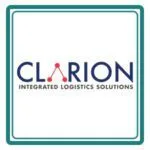
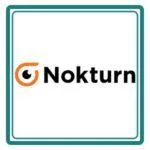

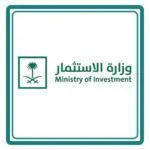
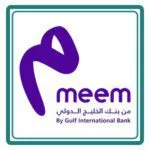





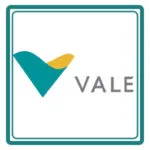





Cost of ISO 13485 Certification in Bhutan
The cost of ISO 13485 Certification in Bhutan varies depending on factors like the size of your business, the complexity of your processes, and how ready your quality management system is. At PopularCert, we offer pricing that’s tailored to your specific needs. We focus on providing clear, competitive pricing to ensure you get the best value for your investment. Reach out to us today for a personalized quote and start your journey to ISO 13485 Certification!
Why Choose Popularcert for ISO 13485 Certification in Bhutan?
PopularCert is the perfect partner for ISO 13485 Certification in Bhutan. Our experienced team takes the time to understand your business and offers personalized support every step of the way. We make the certification process simple, guiding you through each step to meet all the requirements. With our clear, competitive pricing, we ensure you get great value for your investment. Choose PopularCert to improve your processes, build trust, and stay ahead in the medical device industry.
Attain ISO 13485 certification in Bhutan with professional consultants. Learn about the process for medical device manufacturing and compliance at the best cost. Apply now and get the expert support you need to achieve certification.
GET A FREE CONSULTATION NOW
FAQ
What is ISO 13485 certification, and why is it important for medical device companies in Bhutan?
ISO 13485 is an international standard that specifies requirements for a quality management system (QMS) specific to the medical device industry. It ensures that organizations consistently design, develop, produce, and deliver medical devices that meet regulatory and customer requirements. For companies in Bhutan, obtaining ISO 13485 certification demonstrates a commitment to product quality and safety, facilitating access to global markets and enhancing competitiveness.
Which organizations in Bhutan are eligible for ISO 13485 certification?
Any organization involved in the lifecycle of medical devices including design, development, production, storage, distribution, installation, or servicing can pursue ISO 13485 certification. This includes manufacturers, suppliers, and service providers within the medical device sector operating in Bhutan.
What are the key steps to achieve ISO 13485 certification in Bhutan?
The certification process typically involves:
Conducting a gap analysis to assess current practices against ISO 13485 requirements.
Developing and implementing a compliant quality management system.
Training staff on the new processes and procedures.
Performing internal audits to ensure system effectiveness.
Undergoing an external audit by a recognized certification body.
Successful completion of these steps leads to ISO 13485 certification.
How long does it take to obtain ISO 13485 certification in Bhutan?
The timeline for achieving ISO 13485 certification can vary depending on factors such as the organization’s size, complexity, and readiness. Generally, the process can take from several months to a year, encompassing preparation, implementation, and auditing phases.
What factors influence the cost of ISO 13485 certification in Bhutan?
The cost of ISO 13485 certification depends on several factors, including:
The size and complexity of the organization.
The current level of compliance with ISO 13485 standards.
The scope of the quality management system.
Expenses related to training, documentation, audits, and consultancy services.
